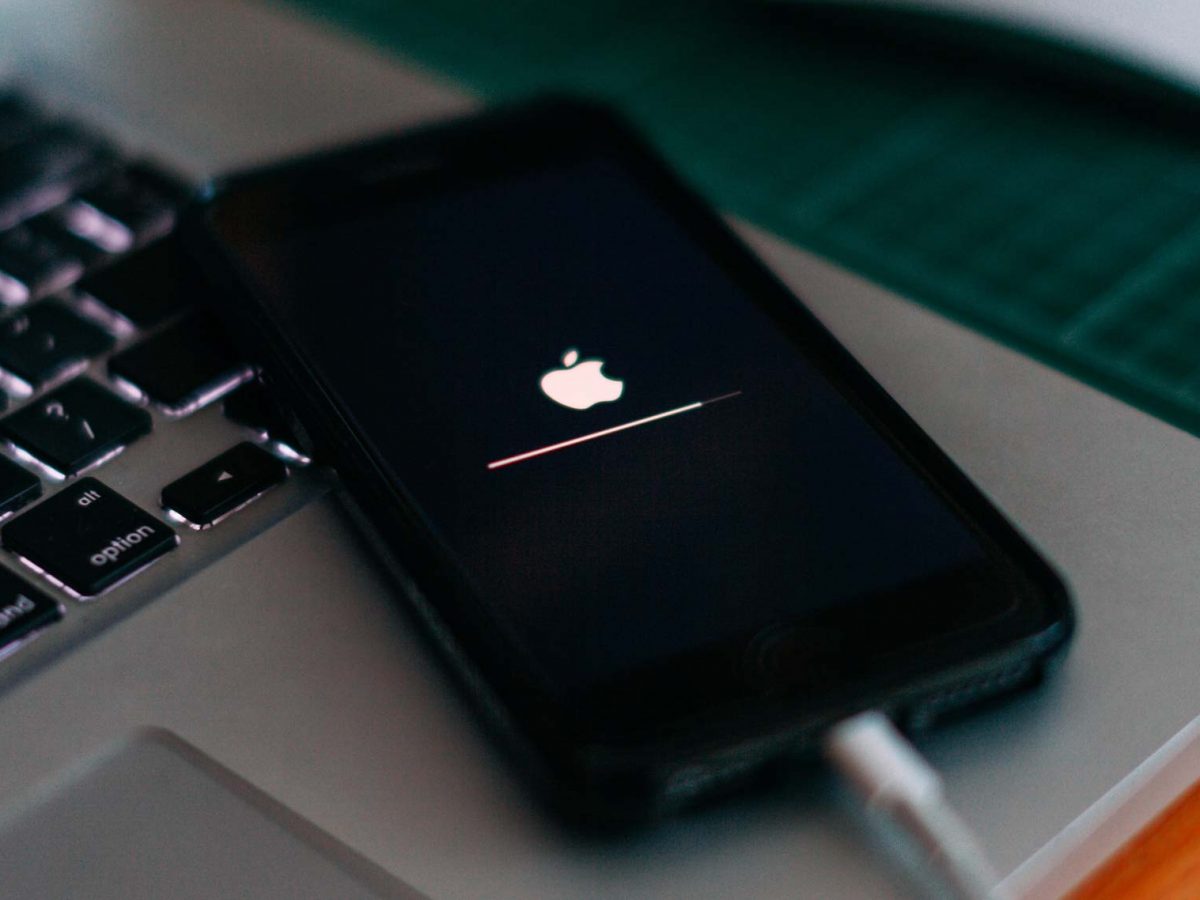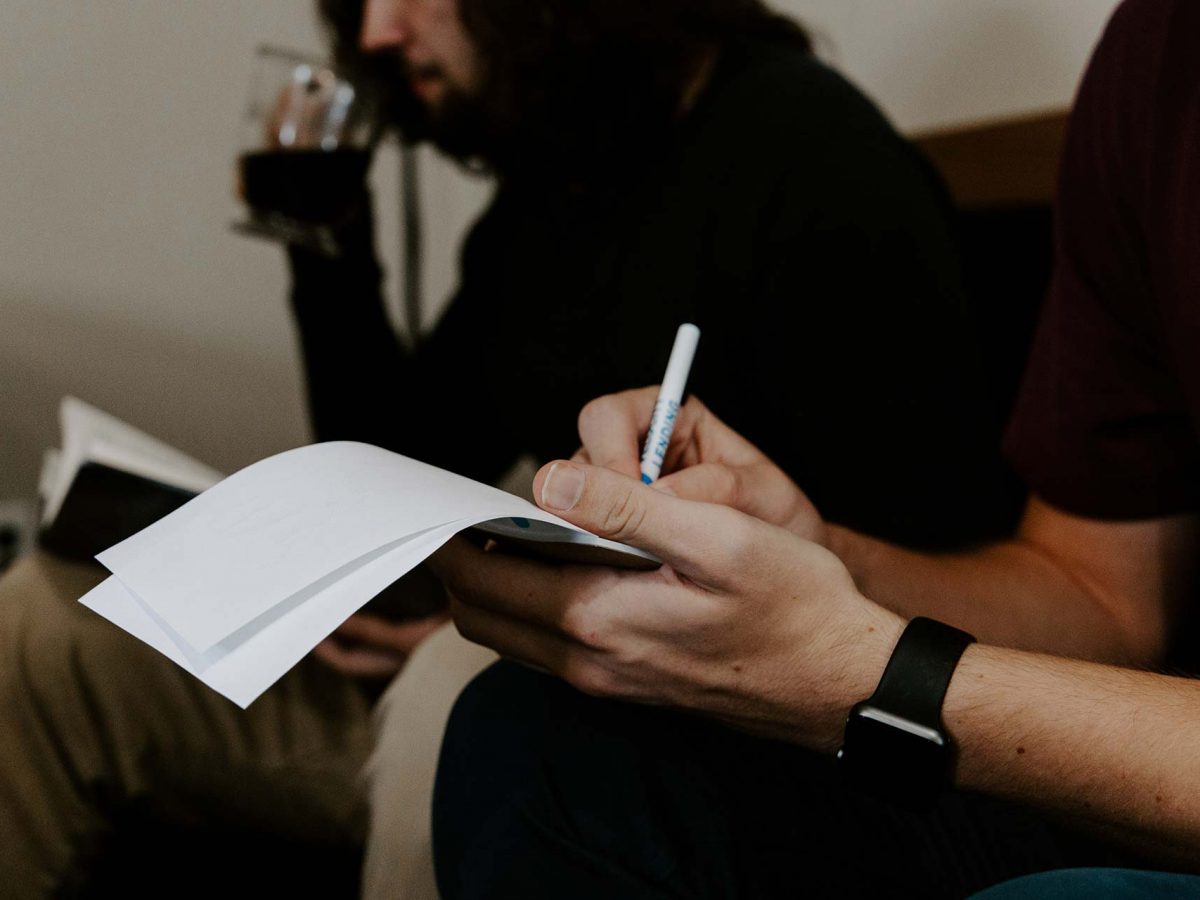If you’ve devoted a lot of time to creating your ad, thinking about the copy, writing and rewriting it, choosing the perfect image, and still don’t get the results you deserve – there’s probably something off about your ad.
But how do you know what’s the root of the problem?
The answer: split testing.
What is split testing?
Split testing— also called A/B testing is when you compare two variations of the same page/ad/online campaign to see which variation yields better results.
The variant that attracts more engagement and higher conversions is usually deemed the winning variant.
Since this post is about testing Facebook ads let’s see what options the platform offers us.
Options for A/B testing on Facebook
Facebook offers 3 variables that you can vary to carry out your split tests.
Ad variables
These are target audience, placements and ad creative.
With the number of variables at hand also comes the ability to permutate one variable keeping others constant to see which combination is best for conversions.
Here are a few examples of the different approaches you can broach:
- target the ad with different age demographics
- target the ad with and without video
- target the ad with differing headlines
- target the ad with various iterations of ad copy
On Facebook, it’s easy to grab attention if you use the word “free” in your headline. Synonyms like “discount” for sale work, too.
A/B testing’s most obvious benefit is that you are able to improve conversions without increasing the traffic to the site Share on XImages
There are a number of things you could do with images too. The same image could be tested at various poses. For instance, Conversion Vodoo tested the image of a woman exuding several different emotions and sometimes glancing at the call to action.
Each image resulted in a different conversion rate lift. The one below is the control:

The control was tested against 9 other variants:


You can see each of the above images produced different results. A smiling photo that pointed at the CTA improved conversions by 6.25% and a smiling exuberant facelifted conversions by 6.83%.
Now that, that’s out of the way, let’s see what we need to prepare ahead of conducting our tests.
Preparing for testing
Before running the split test find out all you can through market research. Include audience research as well — where they live, what they do, their interests and age range.
How long to run a test?
Testing periods can go up to 14 days but 3 days test is ideal for the most part.
What to do after running the test?
You can see how each ad converted and discover which factors aided these conversions.
Facebook offers detailed demographics about who clicked through to the ad and which segment interacted the most. This will help you redefine your definitions of demographics that you initially worked on if the actual audience differs from the expected audience. This will help you alter ad targeting going forward.
We will discuss a case studies that to take a detailed look at how split testing could work. But first, let’s see the different benefits of split testing ads.
Benefits of A/B testing
By being able to clearly see which campaign customer reacted to the ad in which way, you will then be able to alter your strategy to create more appealing content to reel in your target customers.
Increased Conversion Rates
The most obvious benefit of A/B testing is that you are able to improve conversions without increasing the traffic to the site.
It doesn’t take much in investment from you to get started with this. Changing ad copy or testing different images is within everyone’s reach, but the results can be astounding.
A high converting ad can be improved to get even higher results.
A small change in the ad can drive more clicks and conversions. Remember the different images that ConversionVodoo tested?
Split testing doesn’t improve a truly bad advert, and completely off targeting. You have to get the foundation right and then build upon it. Share on XGreater hold on data
With Facebook’s built in tools it’s easy to analyse the data and glean more insights into the people who clicked through to the ad. It’s theory versus practical which can help you a lot.
The arguments against A/B testing
Time investment
A/B testing can take some time to set up.
There’s also the research and analysis process. Additionally, as an A/B tester, you have to come up with testable hypothesis, too.
However, you need not manually set everything up. There are third party services like us that can help you set up A/B tests. Depending on their experience they can suggest variables that you can test and effectively improve conversions.
For instance, the glance image on ConversionVodoo was tested against multiple different images to see which one performed the best.
Only Minor improvement in Conversion or CTR
Another common argument placed against split testing is it gets you only minor improvements and it isn’t worth the time and effort.
While it’s true that testing some variables can result only in a minor improvement in CTR or conversions bigger changes can result in bigger outcomes. For instance if during split testing you discover that you were targeting the wrong segment the entire time you have an opportunity to A/B test the segments and see for yourself.
Such changes can result in much bigger positives.
Case Studies
#1: Finding the right target group.
In this adset, the team divided the ads among users who were most likely to purchase. The target audience was divided into three main groups.
- The first group was the one that Facebook deemed most likely to go to find a dealer page
- The second group consisted of people who Facebook deemed to most likely click on the ad
- And the third group consisted of generally as many as possible in the target area
Analysts noticed the first audience was a winner in merely 24 hours of running the ad. Of the 6 images tested, one emerged as the clear winner and 2 other delivery types were shut down.
Based on the result, the losing 5 images were shut down and the ad exclusively focused on one group and one image.
A spend of $785 spread over 13 days resulted in 625 ad clicks at just $1.15 per click.

In total, the ad got 161 conversions at $4.88 per conversion
This case study is an example of where the winning combo was found after a losing streak.
#2: Changing the age group of the target audience
Angela Ponsford’s Facebook ad targeted women home owners who were most likely to purchase a home renovation program. The target age group were to 30 to 40 year olds.

Analysts decided to first build an email list and then market to these leads.
However, Angela discovered that they were off on the target audience’s age. Most of who engaged with the ad belonged to the 45+ age group.
Consequently, the targeting only got 2 signups at a spend of $27 per lead.
Learning from the experience, Angela optimized the ad’s targeting to 45 year old women and changed the ad copy to something more suitable for that group.
The cost per lead was now nearly 4 leads at $5.43 each.
She didn’t stop with that. Several iterations, ad spending later she got 400 leads for a cost of $597 which is nearly a dollar per lead. Much better than the original $27 per lead.
Concluding Thoughts
Split testing holds many hidden wonders inside.
There’s a caveat though – split-testing cannot improve a truly bad advertisement and targeting that’s completely off.
It’s fairly easy to resolve these problems with some basic research into your target audience.
Down the road, with an A/B Split Test you’re opening up ways to make data-driven decisions that will unlock higher revenues.
Here at Right Hook Digital, we partner with businesses to drive their business outcomes and high ROI. Our time-tested process flows through the steps of Brand Awareness, Nurturing the Relationship, Conversion, to Loyalty and Retention. Our services include:
- Growth Strategy
- Facebook Advertising
- Google PPC
- Conversion Rate Optimization
Book your free strategy call with Right Hook Digital today by clicking here.




